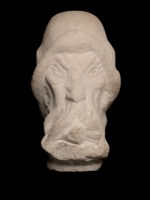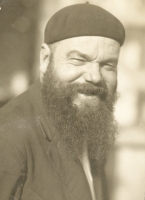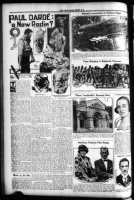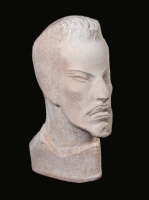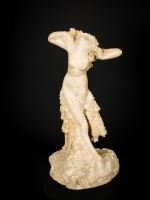
After experiencing a meteoric rise to acclaim in Paris and across the Atlantic, in 1920, Paul Dardé (1888-1963) decided to return to his native region to realise his dream of artistic decentralisation. He would never cease to fight to build a free and professional body of work, at the price of extreme poverty. Representing a fascinating period of Art History, a pivotal moment in the evolution of sculpture, Paul Dardé produced his works mainly between the two world wars, in a classical figurative style. Discovering his work is the occasion to lift the veil on a whole era and a generation of forgotten artists. Today his work is on display in great museums such as the Musée D’Orsay, the Tokyo museum of western art and the Chicago Art Institute. Today, the Musée de Lodève conserves 600 sculptures and 3000 sketches by Paul Dardé. It is the institution of reference for his work. This collection is principally taken from the sculptors workshop (sketches, studies, photos, writings and tools), as well as successful pieces acquired during the museums project of enrichment. The contents of the atelier, particularly rich, constitute a formidable medium to identify the artists work, his interests and the techniques he used. The new museography recreates, through five rooms, a workshop atmosphere and presents in turn the artist, his techniques, his chosen subjects and his main projects. A cabinet of graphic art displays the designs of the sculptor and gives a different look at the work of Paul Dardé thanks to displays which are renewed every three months.
Follow us
on social networks
